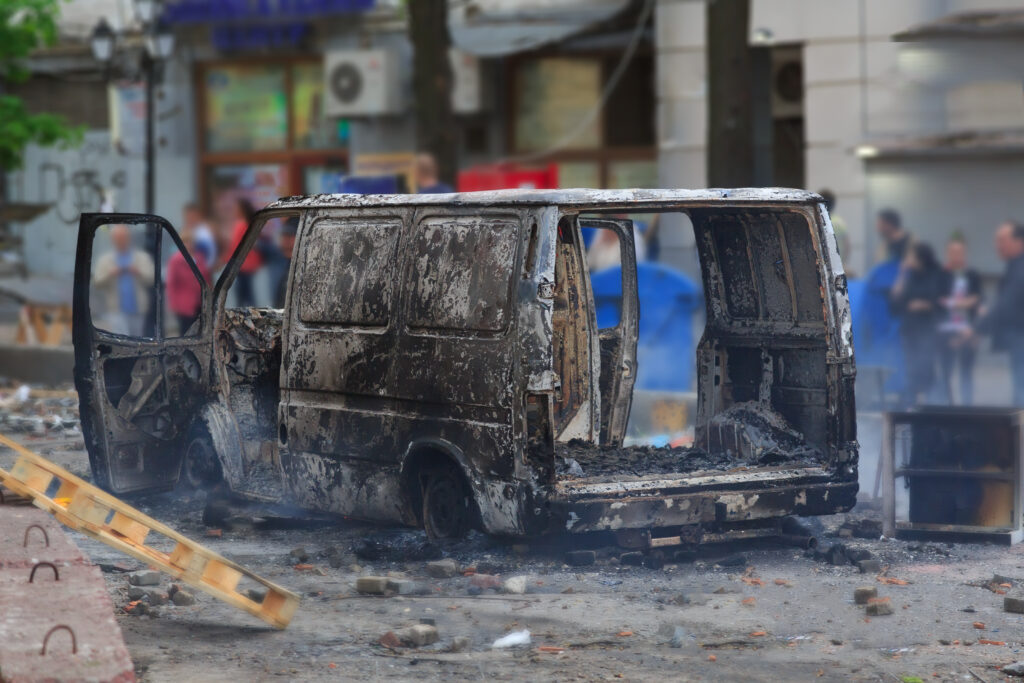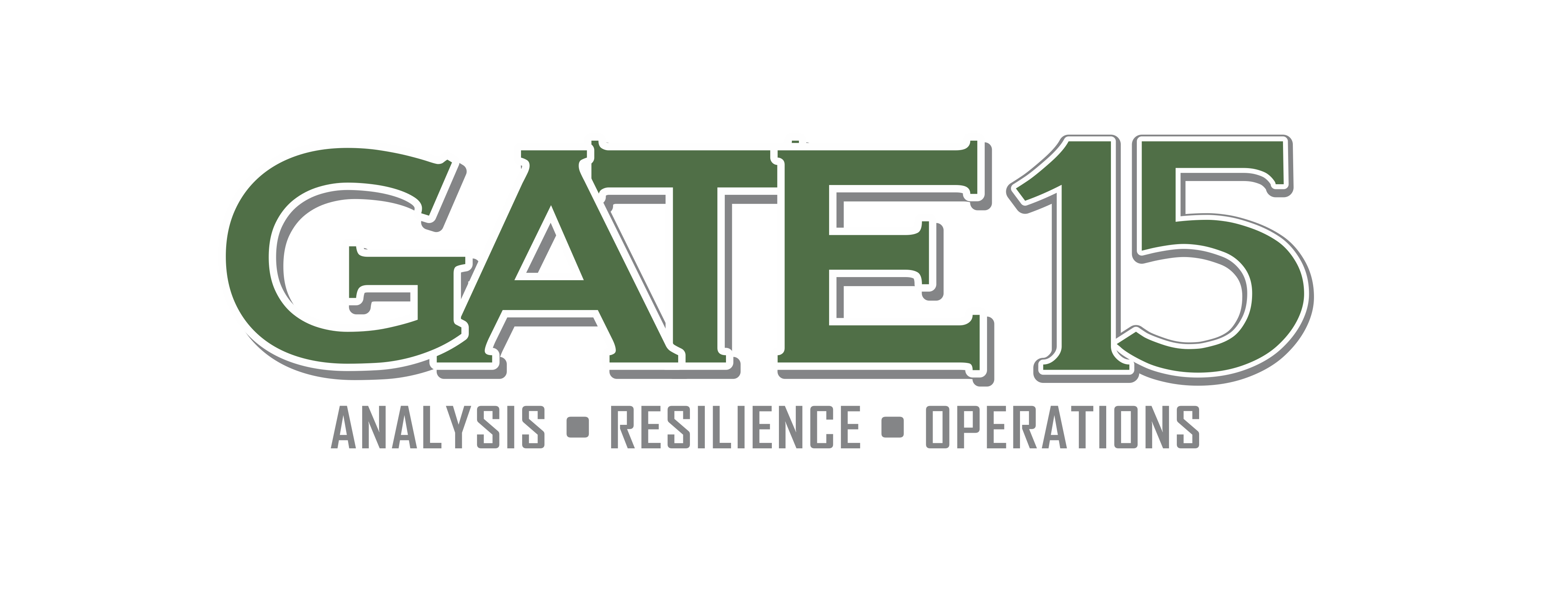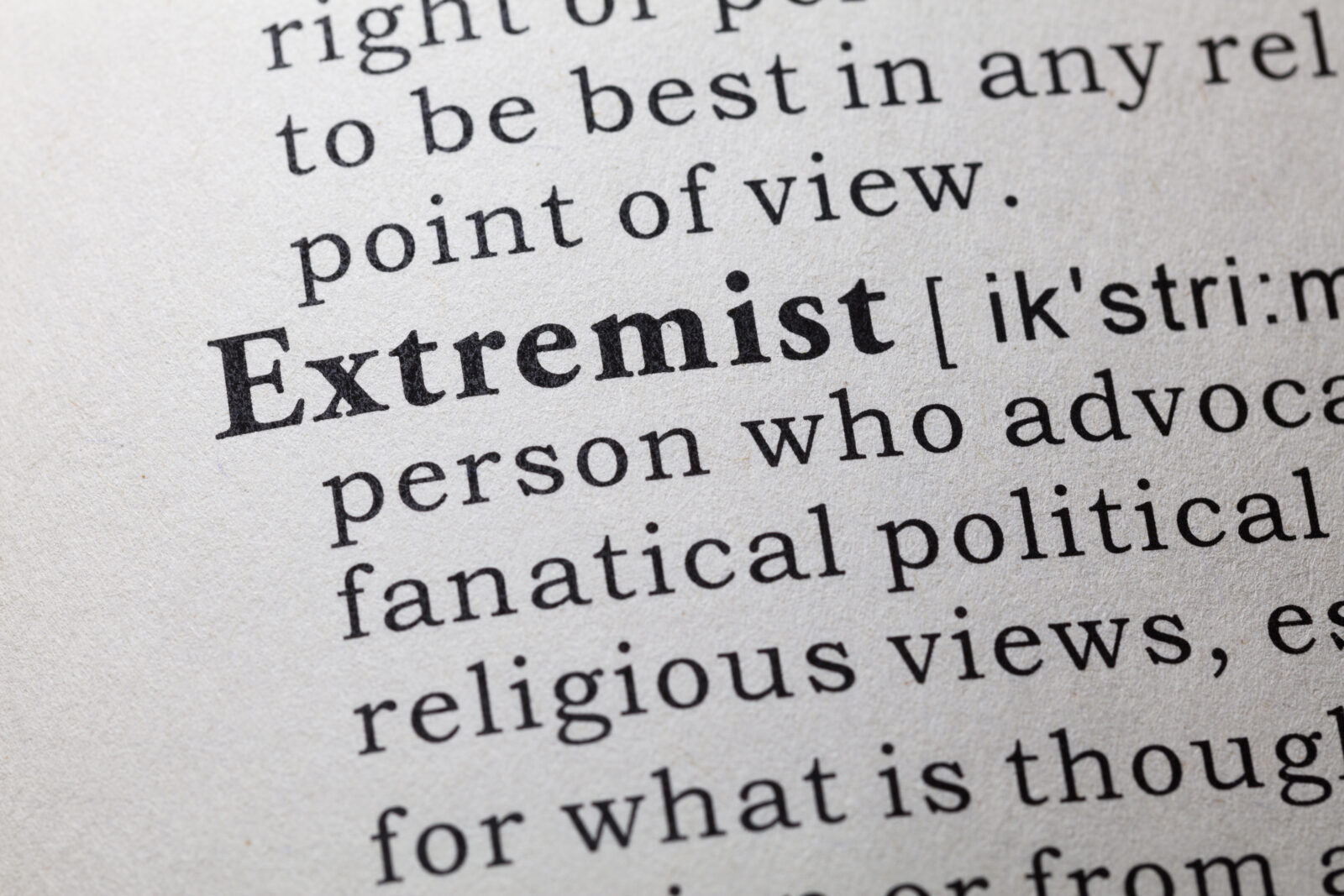A series of recent reports have highlighted the morphing threats associated with global extremism. Excerpts from some of those follow and if this is an area of interest, we encourage you read more at the links provided.
100 DAYS LATER: COVID-19: IMPLICATIONS FOR MANAGING TERRORISM AND ASYMMETRIC THREATS. The National Consortium for the Study of Terrorism and Responses to Terrorism (START, @START_UMD) and their commercial partner, CHC Global, “produced a sense-making document to think through the strategic implications of the Covid-19 pandemic 100 days after the virus appeared outside of mainland China.” This document was shared initially with thought leaders in government, at multilaterals like the UN, and in the private sector, but the recommendations found in the document remain relevant. As part of their ongoing collaboration, START and CHC Global “held a series of managed discussions to consider the potential impacts of Covid-19 on terrorism and asymmetric threats.” They provided an update on those discussions, looked at the risk context, as well as the implications for governments, businesses and individual citizens “with a focus on how terrorism risks might be evolving. It is likely that the current uncertainty is having a range of impacts on threat actors, but it is too early to determine any absolute truths regarding changes to the global terrorism risk profile.” The report identified three strategic imperatives:
- Honest Risk Assessment. “Organizations should revisit their all hazards threat and risk assessments in the context of lessons identified from Covid-19. This is not a ‘Black Swan’ event; many risk registers will have included some form of ‘pandemic’. We would refer to this as more of a ‘Grey Rhino’ – a large and unmissable risk that organizations identified, but for a variety of reasons, did not fully address….”
- Event Agnostic Resilience. “Whilst we are focused on terrorism threats, the current situation warrants an all hazards approach. With so many threats overlapping and exacerbating one another, it makes sense to consider effects and consequences that are agnostic to any one initial cause. Developing a strategic resilience is most likely to equip an organization, or nation state, with the flexibility to respond to the complexity of real- world events….”
- Public – Private Partnerships. “Response to major crises, and especially population- centric emergencies, require effective coordination between the public and private sectors – including risk financing. Governments cannot control the virus. Instead, they must influence populations to behave in ways that reduce risk over a protracted timeline….”

TERRORISM IN THE EU: GEOGRAPHICALLY WIDESPREAD AND MULTIFACETED. Europol (@Europol) released “Europol’s EU Terrorism Situation and Trend report (TE-SAT),” which pulled together facts and figures on terrorist attacks and arrests in the EU in 2019. Specifically, a “total of 119 foiled, failed and completed terrorist attacks were reported by a total of 13 EU Member States.” Overall, there were 1,004 individuals arrested on suspicion of terrorism-related offences across 19 EU Member States, with Belgium, France, Italy, Spain and the UK reporting the highest numbers. Also of note, the number of jihadist attacks continued to decrease; “meanwhile, right-wing attacks and, in particular, left-wing attacks saw an increase during 2019.” Some additional findings in the report include:
- Right-Wing Terrorism: Online Communication Was Observed To Strengthen International Links Between Right-Wing Extremists.
- Jihadist Terrorism: The Situation In Conflict Areas Outside Europe Continued To Impact The Terrorism Situation In Europe. “The so-called Islamic State (IS) lost its last territorial enclave in Syria, but transformed into an underground insurgency in Syria and Iraq and maintained its global network of affiliates. Hundreds of European citizens with links to IS remained in Iraq and Syria. Al-Qaeda again displayed its intent and ambition to strike Western targets, while its regional affiliates aim to integrate and coordinate populations and armed factions in conflict areas.”
- Left-Wing And Anarchist Terrorism: Greece, Italy And Spain Continued To Be The Epicentre For These Attacks. “The number of left-wing and anarchist terrorist attacks in 2019 (26) reached the level of 2016 and 2017 after a decrease in 2018. All attacks took place in Greece, Italy or Spain.”
- The Methods: Firearms And Explosives. “Right-wing extremists and terrorists appeared to be increasingly interested in acquiring knowledge regarding the use of explosives. The explosive devices used in left-wing and anarchist extremist attacks were made from an array of readily available materials.”
- Terrorist Propaganda Continued To Be Produced In 2019. “Both jihadist and right-wing extremist propaganda incite individuals to perpetrate acts of violence autonomously and praise perpetrators as ‘martyrs’ or ‘saints’, respectively. The impact of official IS media decreased, in terms of volume, content, potency and immediacy, following the loss of most of its territory, media production facilities and personnel. Nevertheless, content supporting IS and containing threats continued to be produced by online supporters of the group under a variety of self-styled online propaganda outlets.”
START: GLOBAL TERRORISM OVERVIEW. In another report from START, “Global Terrorism Overview: Terrorism in 2019,” the team provided an announcement, which also includes several useful graphics. Highlights inlcude:
- “2019 was the fifth consecutive year of declining global terrorism since terrorist violence peaked in 2014 at nearly 17,000 attacks and more than 44,000 total deaths. The total number of terrorist attacks worldwide decreased 50 percent between 2014 and 2019, and the total number of deaths decreased 54 percent…
- “Several important trends emerged in African countries in 2019, including in Nigeria, where terrorist violence overall decreased due to a reduction in attacks by Fulani extremists, but terrorist violence carried out by Boko Haram increased. Boko Haram also increased terrorist activity in Cameroon, Chad, and Niger. In addition, Mali saw a 16% decrease in attacks in 2019, but a 41% increase in total deaths due to multiple (6) mass casualty terrorist attacks in which more than 30 people were killed, compared to zero such attacks in previous years.
- “As violence perpetrated by Islamic State operatives decreased in Iraq, the broader movement continued to expand geographically. Attacks carried out by Islamic State predecessors, ‘core’ operatives, affiliated organizations, or unaffiliated individuals who indicated allegiance to Islamic State took place in 31 countries in 2019, bringing the total number of countries that have ever experienced Islamic State-related terrorist attacks to 57.
- “Exceptionally deadly attacks targeting Hispanic Americans in the United States and Muslims in New Zealand in 2019 marked a sharp increase in the lethality of ‘racially and ethnically motivated terrorist attacks’ (REMT), many of which were motivated by white supremacy, xenophobia, and anti-immigrant beliefs. At least 86 people were killed in such attacks in Australasia, North America, and Western Europe in 2019, compared to 52 in 2018.”
U.K. POLICY PAPER ON EXTREMISM DURING THE PANDEMIC. Finally, the U.K. released a policy paper, “COVID-19: How hateful extremists are exploiting the pandemic” which includes some notable findings. The paper includes an introduction which lays out some of the ongoing challenges. “Since the outbreak of the coronavirus (COVID-19) pandemic, the Commission for Countering Extremism (@CommissionCE) has heard increasing reports of extremists exploiting the crisis to sow division and undermine the social fabric of our country.” Key findings include:
- “During the COVID-19 pandemic we have seen an increased visibility of conspiracy theories ranging from anti-vaccine, anti-establishment to anti-minority and antisemitic. They are not specific to any one ideology, but are used by the Far Right, Far Left and Islamists to further their own ideological aims. (the report discusses anti-Semitism, as well as hatred aimed at Muslims and Chinese people).
- “Hateful extremists have used the pandemic to engage in disinformation and fake news about minority groups which have been used by sympathisers to incite hatred, justify violence and to divide communities.
- “The scale of extremist content online is vast. De-platforming Far Right actors has pushed many onto fringe platforms such as Telegram, VK and GAB.
- “The short and long term impacts of the pandemic could create conditions conducive for extremism. Extremists will seek to capitalise on the socio-economic impacts of COVID-19 to cause further long term instability, fear and division in Britain.
These are some of the recent reports noting the ever-changing faces of extremism and terrorism in 2020. Regular updates and analysis are also publicly available from our friends at Homeland Security Today (@HSTodayMag), including this very good recent post by Bridget Johnson (@BridgetCJ): Conspiracy Theory Extremism: When Viral Claims Turn Dangerous.



